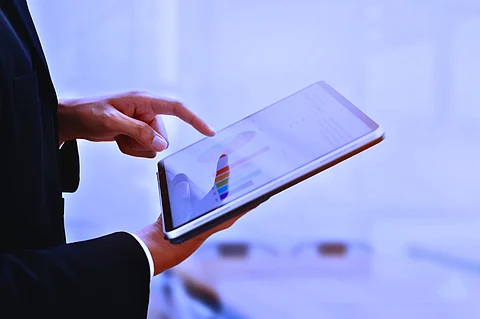

Each step a guest takes—whether reserving a room, checking amenities, or exploring nearby spots—feeds into a growing stream of information. By reading those trends clearly, hospitality providers adjust services to feel individually crafted, even when scaled across thousands of visitors.
These insights allow every buffet, spa treatment, or check-in to become part of a bigger strategy designed to deliver exactly what each visitor wants, often before they know it themselves.
Major resort environments often include entertainment floors where timing and layout matter as much as the room service menu. These spaces quietly collect a timeline of customer interaction, where people pause, what keeps them engaged, and how long they stay.
Casinos within complexes use that same activity feed to fine-tune the experience, making it faster, smoother, and more rewarding. Quick access to winnings, minimal steps to cash out, and fewer interruptions are part of what keeps the pace moving. Anyone curious about which options are leading this online approach, can see full list publications detailing platforms that already optimize for speed and simplicity.
This shift is not a side feature—it shapes how players interact. When things work without delays or extra steps, people stay longer and return more often, inspired by the constant sense of forward motion.
Across many high-traffic locations, the way people move through lobbies, lounges, elevators, and entertainment floors is no longer treated as passive flow—it is now a core input for operational decisions.
Using spatial analytics and AI-assisted tracking, businesses can detect pressure points before they become problems. Recent data from the Cornell Center for Hospitality Research shows that properties using location metrics reduced wait times by up to 28% and improved ancillary revenue in bars and lounges by over 17%.
The system is not watching for the sake of surveillance; it is watching for patterns that reveal interest, fatigue, timing gaps, and missed opportunities. For example, if guests linger in front of digital kiosks without engaging, the layout may shift.
If footfall dies off near the restaurant entrance after 8 p.m., targeted promos adjust live. What once required quarterly reports now moves minute by minute—and the guest never sees the work behind it.
Labor remains one of the most volatile costs in hospitality, and data is now shaping how shifts are assigned, who is placed where, and what service level can actually be maintained. A Deloitte survey showed that more than 50% of travel operators prioritize operational efficiency through live operational tracking, with many reporting improved guest reactions and smoother staffing adjustments.
This level of adjustment is not based on old spreadsheets—it comes from real booking behavior, event spikes, and even weather changes tracked in advance.
High-accuracy models can now project, for instance, a 40% spike in spa traffic during regional holidays or a dip in restaurant volume tied to rain forecasts. That means staff aren’t left idle, nor are teams left short during critical hours.
For guests, the result feels like seamless attention. Behind the scenes, it is a careful balance of data, timing, and informed precision, not luck.
Hotels are now using smart systems to catch technical issues before they disrupt the guest experience. Sensors monitor pressure, vibration, and temperature around the clock, allowing operators to act early, often before anyone notices something off.
The U.S. Department of Energy reports that predictive maintenance lowers costs by 30–40% compared to reactive approaches, while also trimming 8–12% off scheduled upkeep.
When operators apply IoT-based monitoring, unplanned outages drop by nearly half. That translates into fewer service calls during peak hours, more reliable elevators, and climate control that simply works.
McKinsey’s latest findings show these methods can shrink maintenance budgets by up to 40%, all while extending asset lifespan.
This shift does more than reduce downtime—it resets the standard for consistency. With systems running quietly in the background, staff stay focused, delivery smooth, and nothing interrupts the rhythm.
Guests may not see the tech behind it, but they feel the difference in every uninterrupted moment.
